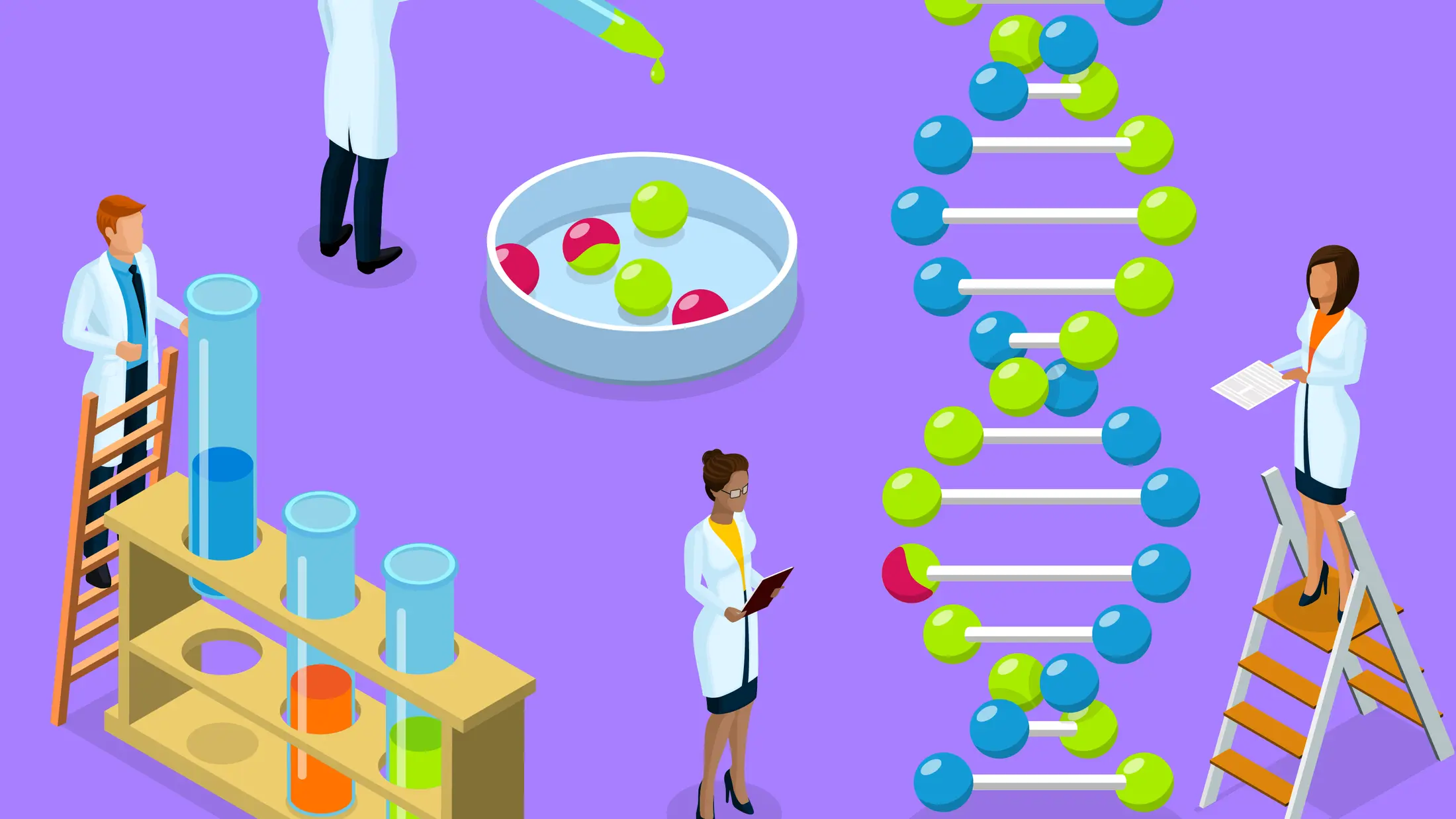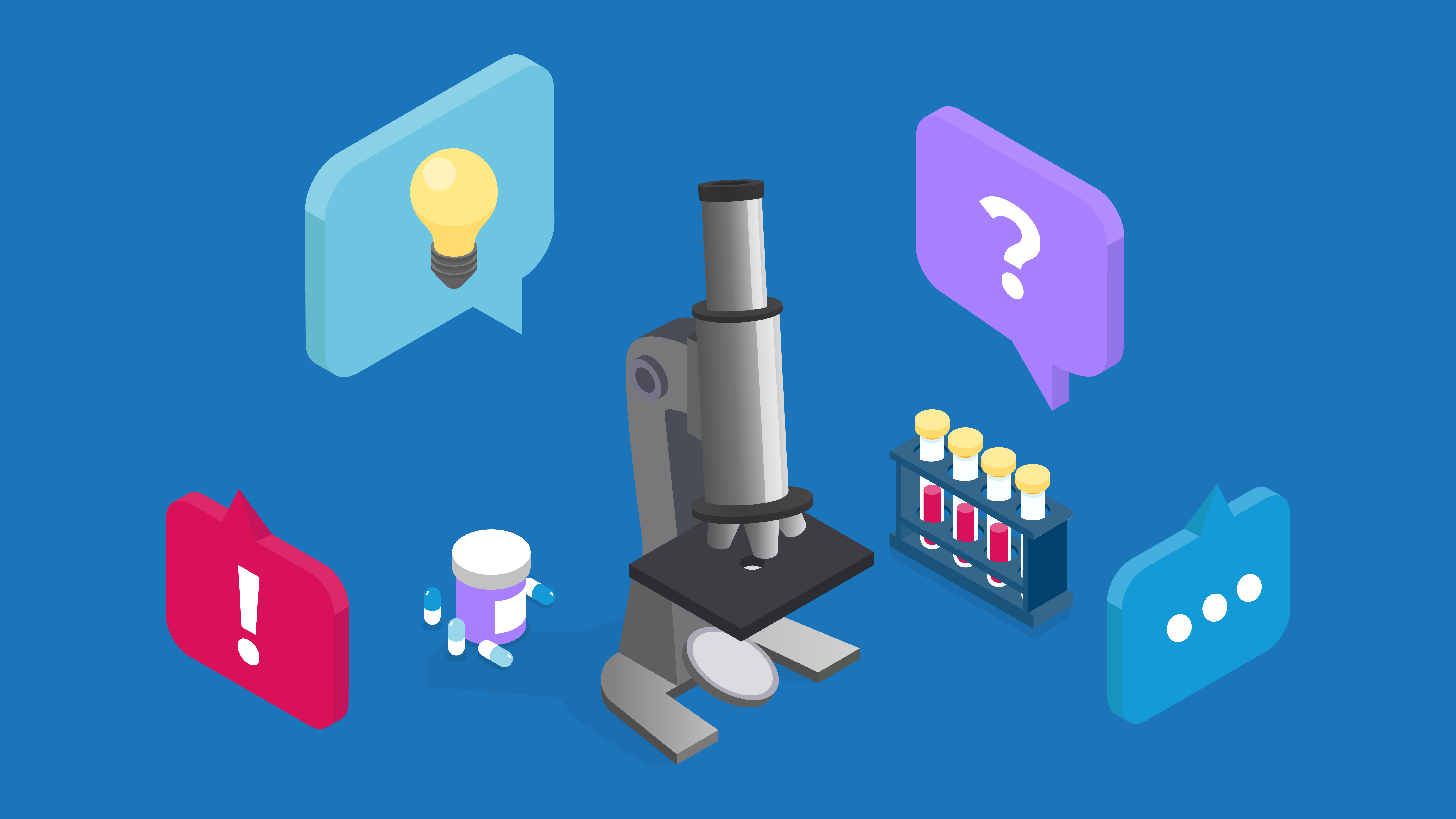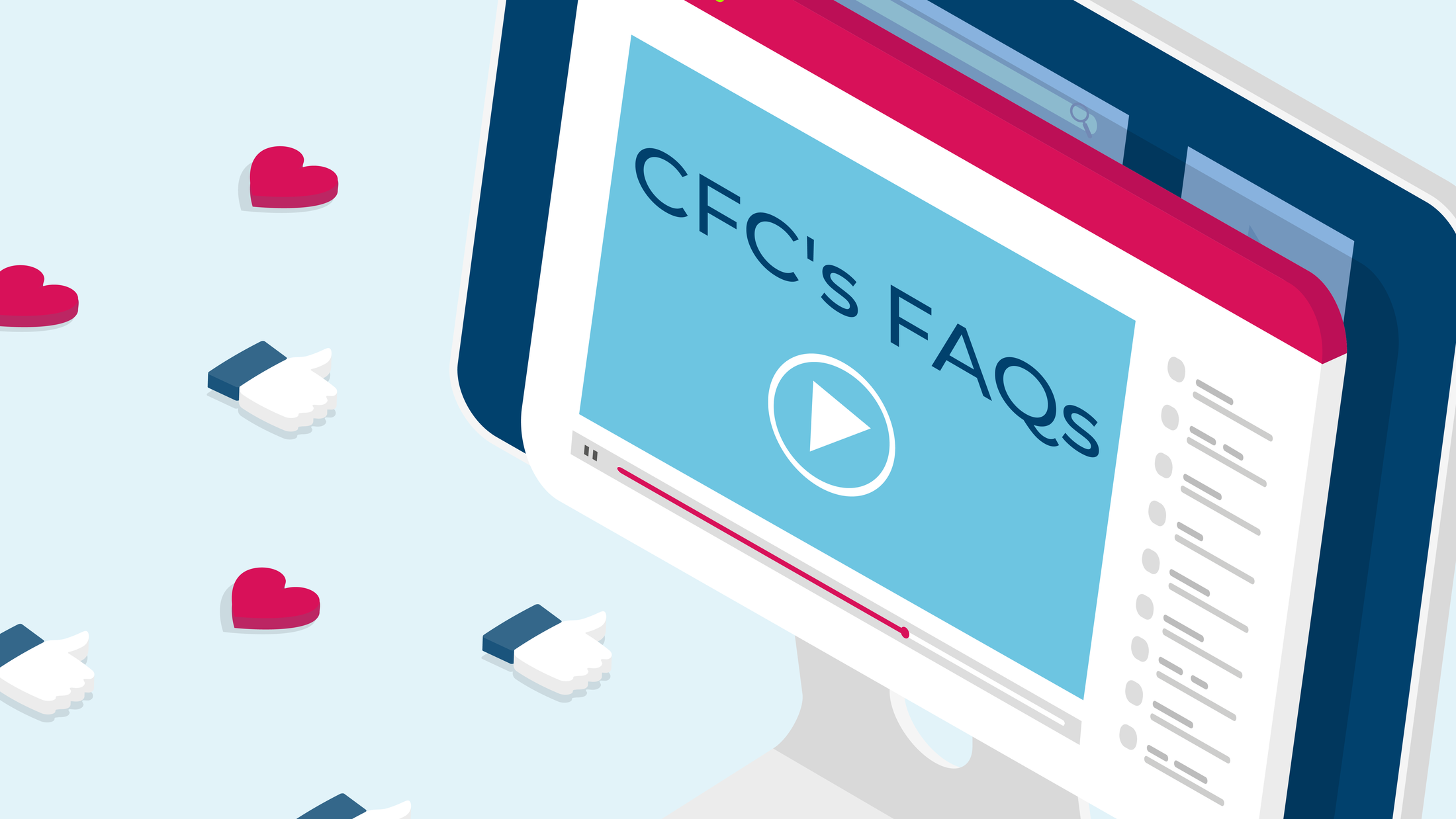Software and artificial intelligence (AI) have been transforming life sciences for some time—accelerating drug discovery, improving diagnostics and personalizing treatments. But now the sector is on the brink of a regulatory shift that will reshape risk and compliance standards.
The EU AI Act introduces sweeping changes, impacting companies worldwide that develop or leverage AI. Meanwhile the new Product Liability Directive, which will be implemented by December 2026, applies to all new products first marketed after this date, introducing a more claimant-friendly, strict-liability (no fault) regime. In this changing landscape, it’s vital that life science companies have the understanding—and the relevant insurance cover—to make the most of AI in a way that’s safe and secure.
The risks: A new era of liability and compliance
The EU AI Act is set to become the world’s first comprehensive framework regulating AI, aiming to ensure AI systems are safe, transparent and accountable. It categorizes AI applications based on risk, with stricter requirements for those deemed high-risk—such as AI used in medical devices and research. For certain life science companies, this means AI-driven innovations will face rigorous compliance standards, such as mandatory risk assessments, data governance rules and increased oversight.
In tandem, the new Products Liability Directive sets out a framework for when companies are liable for damage caused by a defect in their product. A vital part of the directive is its expansion of product liability to include software—specifically, AI systems. Historically, liability laws relating to products have focused on ‘tangible’ products. However, the new Product Liability Directive acknowledges the growing role of software in critical processes, classifying both standalone and integrated AI tools as ‘products’. This shift brings new liability risks, imposing a strict liability regime now applying to software and AI. Errors in algorithms, data security breaches and biased decision-making could trigger claims under the product liability insuring clause.
Global reach: Why it matters beyond the EU
For brokers and businesses outside Europe, the new Product liability Directive might seem like a distant concern. But even if a company is headquartered in North America, the UK or elsewhere, selling AI-driven products or software into the EU will bring them under the directive’s jurisdiction.
Many life science companies may not realize their current liability coverage could leave them exposed to new compliance obligations and liability risks, especially if they aren’t purchasing product liability insurance tailored for AI-driven risks. It's vital for businesses to fully understand the risks they're facing, and take out a comprehensive insurance policy that leaves no gaps in protection.
Preparing for the future: How insurance can help
The new directive signals an evolution in liability policy and a catalyst for change, redefining how AI-driven life science products and services are assessed, insured and brought to market. By anticipating potential liabilities and working closely with an insurer with deep knowledge of the sector, companies can not only achieve compliance but gain the confidence to innovate further with AI—helping to build a healthier future for us all.
The future of AI in life sciences is full of promise, but navigating it safely requires the right protections in place. Now is the time to act.
Discover more trends reshaping life sciences here.
If you have any questions, our team would love to hear from you. Get in touch at lifescience@cfc.com.



